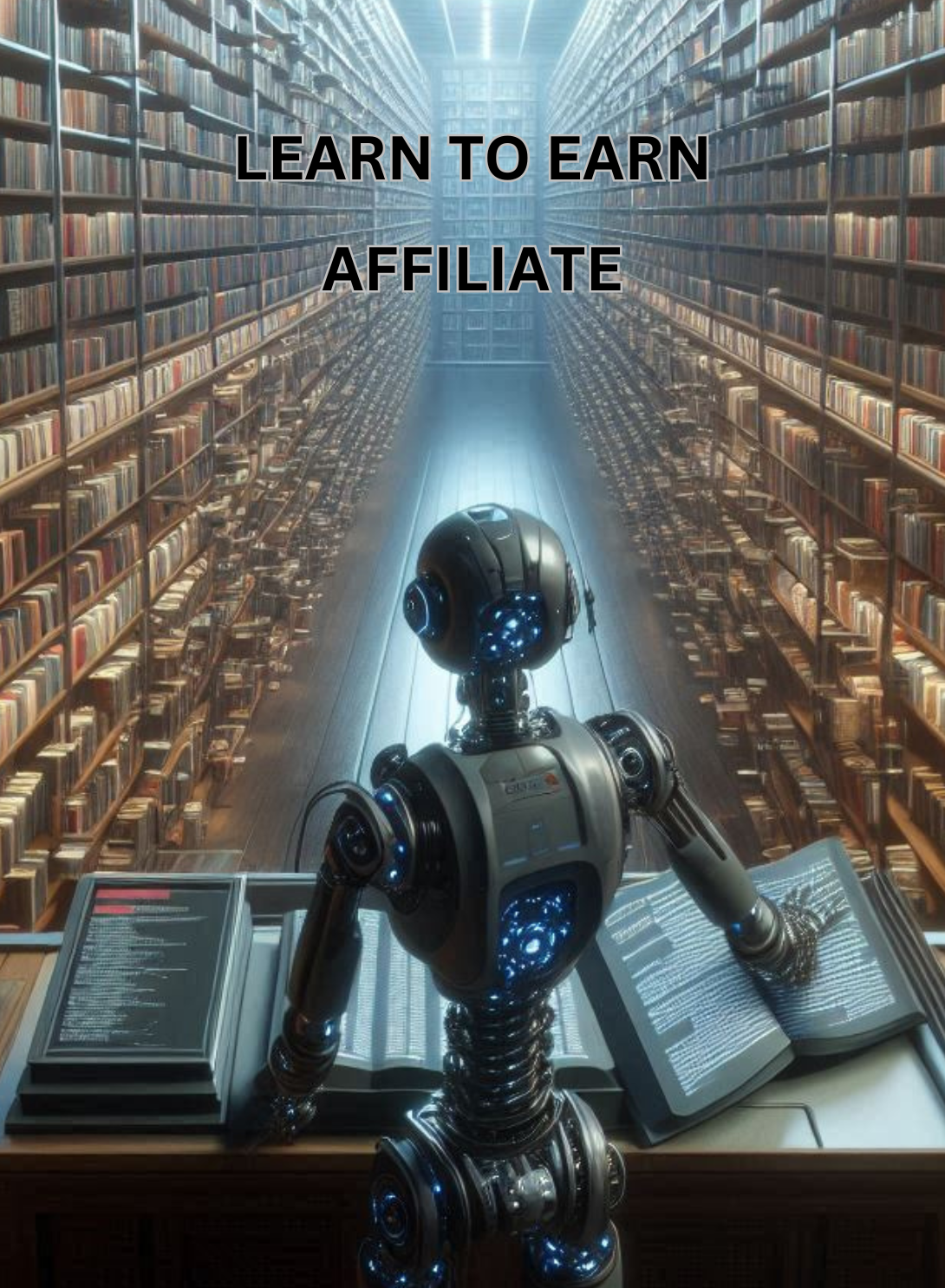YouTube isn’t just a video-sharing site anymore; it’s a powerhouse influencing how we think, shop, and even live. Remember when it was just about funny cat videos? Those days are long gone. Now, it’s a global stage where brands strut their stuff and consumers get inspired.
With over 2 billion logged-in monthly users, YouTube spans age groups, interests, and continents, making it a goldmine for marketers. Whether you’re a millennial binge-watching makeup tutorials or a boomer searching for gardening tips, YouTube has something up its sleeve for every taste.
Influencers on YouTube wield immense power over consumer opinions. A single video praising or critiquing a product can send sales skyrocketing or plummeting. And it’s not just about quantity—it’s the quality of these opinions that count. When a trusted influencer gives their stamp of approval, consumers listen closely.
Brands have taken note, crafting campaigns that seamlessly weave into the YouTube experience. From catchy ads to immersive content, the platform fosters direct connections with viewers. A brand’s message can feel more like a conversation with a friend than a sales pitch, which is all the more reason companies flock to it.
Authenticity is king here. The young, tech-savvy audience craves genuine content and can sniff out fake promos from a mile away. This hunger for realness pushes brands and creators alike to keep it real, ensuring that trust isn’t just built but also sustained over time.
Understanding Consumer Psychology: Why YouTube Videos Leave a Lasting Impact
There’s something about the way stories unfold in front of our eyes that hooks us deep. Video storytelling taps into emotions and resonates with viewers, leaving more than a temporary impression. YouTube knows this well, which explains its powerful role in today’s consumer journey.
Unboxings and reviews have a certain magic. When someone cracks open that sleek new gadget, it’s not just about the product—it’s about sharing the thrill and satisfaction. Seeing real people use products brings them to life, influencing how likely we are to make a purchase.
We all want to feel something, and effective YouTube content does just that. Whether it’s joy, nostalgia, or inspiration, videos that connect emotionally foster brand loyalty. Emotional content equals engaged consumers who trust their community and the brands they endorse.
Discovery is a key part of consumer behavior where YouTube shines bright. It’s like a treasure chest of ‘how-to’s and tutorials, helping consumers not just find, but understand and appreciate new products.
Ever feel like a pro after watching a DIY video? That’s because instructional content empowers viewers, giving them confidence to master new skills. This transformation from viewer to doer is a crucial part of building consumer trust and expertise, making YouTube more than just entertainment, but a learning hub too.
Navigating the Future: Innovations and Challenges in YouTube Marketing
YouTube isn’t just cruising on its success; it’s gearing up for the future, filled with fresh trends and hurdles. The buzzword these days? Long-form content. It seems viewers are more ready than ever to settle in for a deeper dive, hungry for substance over soundbites.
But with great popularity comes bigger challenges, like misinformation and the struggle to stay transparent. It’s crucial for brands to keep their messaging clear and honest to maintain the audience’s trust. Getting caught in the web of misinformation could mean a swift fall from grace.
For creators, understanding the nuances of monetization is essential. It’s not just about ad revenue anymore. Memberships, super chats, and sponsored content are paving new avenues for income. Diversity in revenue streams can help creators sustain their channels and offer fresh content.
The game is always changing, with algorithms constantly evolving. For brands and creators, staying relevant means innovation is key—leaning into trends without losing the essence of authenticity. It’s about being nimble enough to pivot while staying true to your brand’s voice.
And ready or not, AI and personalization are stepping onto the stage. These innovations offer new paths to connect, offering tailored content experiences that could redefine consumer engagement. Brands that can wield these tools creatively and responsibly will likely shape the future of marketing on the platform.


